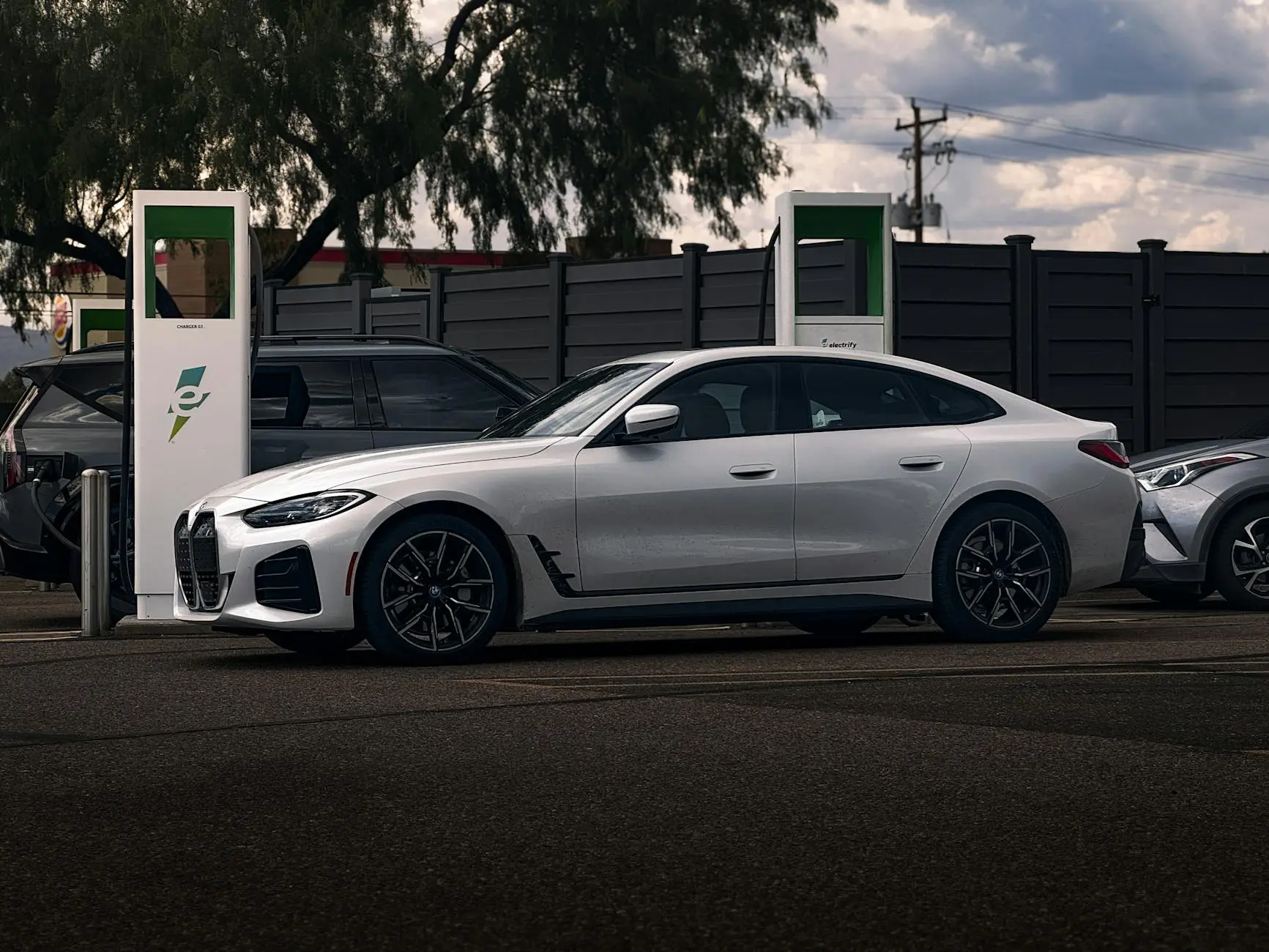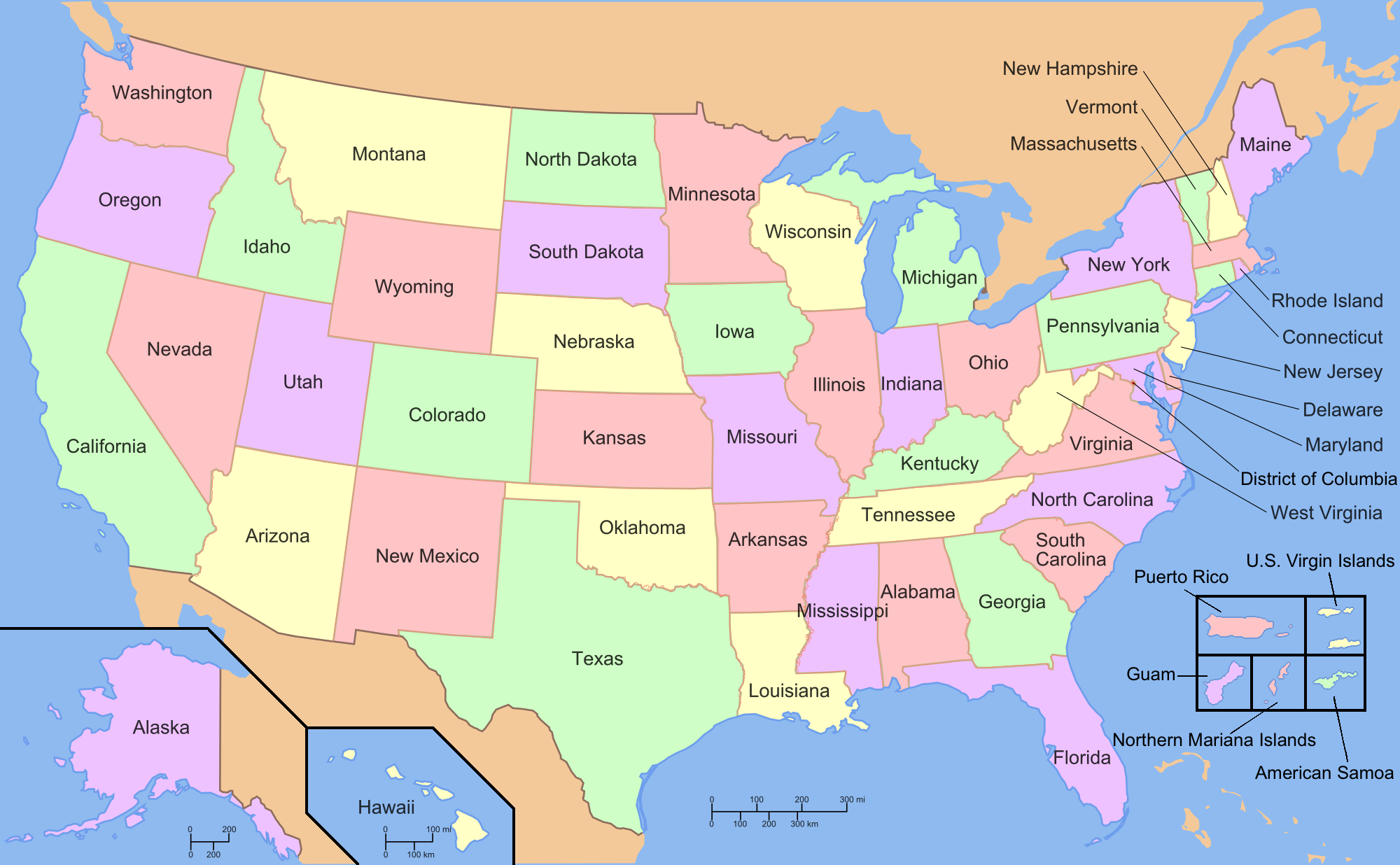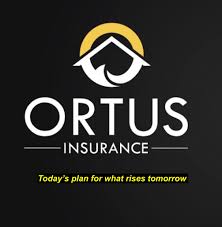The Importance of Gap Insurance for New Cars
Purchasing a new vehicle is often an exciting yet significant financial commitment. With the thrill of driving a brand-new car, many buyers tend to overlook potential gaps in insurance coverage which could lead to unforeseen financial burdens. One critical aspect of car insurance that deserves careful consideration is Guaranteed Asset Protection (GAP) insurance. GAP insurance can be an invaluable safeguard, ensuring that you’re not left out-of-pocket if your vehicle is totaled or stolen.
Understanding GAP Insurance
GAP insurance covers the difference between the actual cash value (ACV) of your car and the balance still owed on your auto loan or lease. Standard auto insurance policies will typically reimburse you only up to the current market value of your vehicle. This amount might be significantly lower than the cost of purchasing a replacement car or paying off your existing car loan, especially in situations where a new car loses value rapidly. Thus, GAP insurance steps in to cover this shortfall, protecting you from financial distress.
Why New Car Owners Need GAP Insurance
- Depreciation Occurs Rapidly: New cars depreciate quickly, losing 20% to 30% in value within the first year. If your car is involved in an accident shortly after purchase, the insurance payout based on the car’s depreciated value may not be enough to cover the outstanding loan amount.
- High Loan Balances: Many car buyers finance their vehicles, often with long-term, low-down-payment loans extending up to 72 months or more. These financing terms can lead to situations where the car’s loan balance exceeds its depreciation-adjusted value, creating a “gap” where you might owe more than the car is worth.
- Protection Against Theft and Accidents: In unfortunate events such as theft or severe accidents, without GAP insurance, you could end up paying off a loan for a car you no longer possess. GAP insurance reassures you by covering the difference.
- Peace of Mind: Investing in GAP insurance offers peace of mind. Knowing that you are financially protected allows you to drive with confidence, focusing on the road rather than potential financial pitfalls.
Real-Life Impact of GAP Insurance
Consider the following scenarios: Imagine purchasing a car for $30,000 with a loan covering the entire amount. One year later, an accident renders the car a total loss. The insurance company might value your car’s ACV at $24,000, but you still owe $27,000 on your loan. Without GAP insurance, you’d be responsible for the $3,000 shortfall out of pocket.
Is GAP Insurance Right for You?
Not everyone needs GAP insurance, but it is advisable under certain conditions. It is essential if:
- You made a small down payment on a new car and have a loan term exceeding four years.
- You are leasing a vehicle, as most leasing companies require it.
- Your loan-to-value ratio is high, leaving you under potential financial risk if the car is stolen or totaled.
- You drive frequently, increasing the likelihood of accidents and the possibility of encountering depreciation.
Conclusion
GAP insurance is a smart investment for many new car buyers, especially those with substantial loans or minimal down payments. By understanding its importance and evaluating your financial position, you can make informed decisions to safeguard against potential losses. As vehicles continue to advance technologically, ensuring financial protection against depreciation-related losses will remain a crucial aspect of prudent car ownership. Prioritize peace of mind and financial security by considering GAP insurance for your new car purchase.










